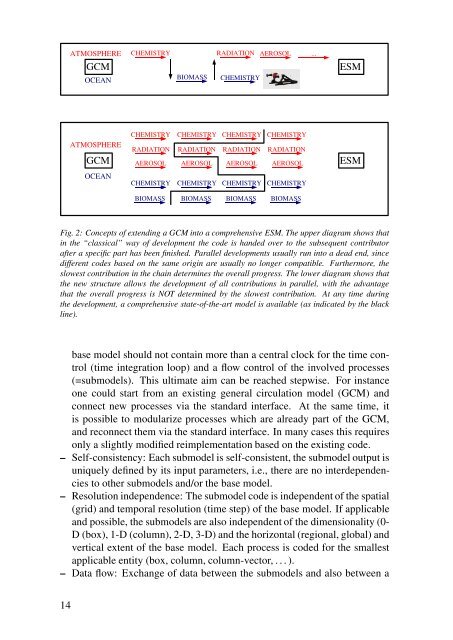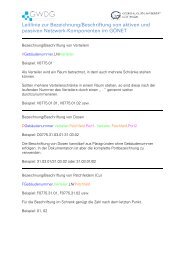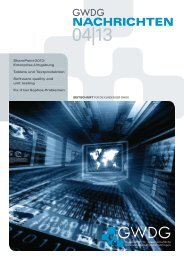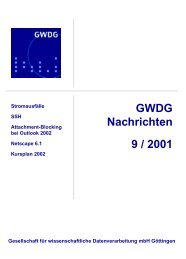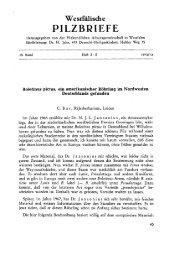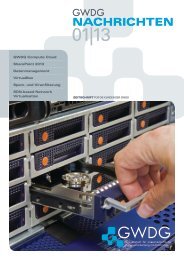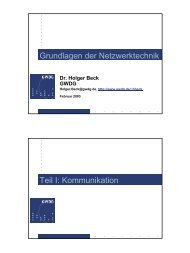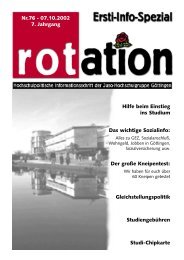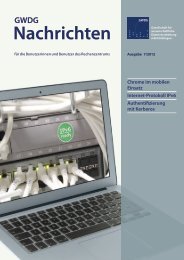Forschung und wissenschaftliches Rechnen - Beiträge zum - GWDG
Forschung und wissenschaftliches Rechnen - Beiträge zum - GWDG
Forschung und wissenschaftliches Rechnen - Beiträge zum - GWDG
Erfolgreiche ePaper selbst erstellen
Machen Sie aus Ihren PDF Publikationen ein blätterbares Flipbook mit unserer einzigartigen Google optimierten e-Paper Software.
Fig. 2: Concepts of extending a GCM into a comprehensive ESM. The upper diagram shows that<br />
in the “classical” way of development the code is handed over to the subsequent contributor<br />
after a specific part has been finished. Parallel developments usually run into a dead end, since<br />
different codes based on the same origin are usually no longer compatible. Furthermore, the<br />
slowest contribution in the chain determines the overall progress. The lower diagram shows that<br />
the new structure allows the development of all contributions in parallel, with the advantage<br />
that the overall progress is NOT determined by the slowest contribution. At any time during<br />
the development, a comprehensive state-of-the-art model is available (as indicated by the black<br />
line).<br />
base model should not contain more than a central clock for the time control<br />
(time integration loop) and a flow control of the involved processes<br />
(=submodels). This ultimate aim can be reached stepwise. For instance<br />
one could start from an existing general circulation model (GCM) and<br />
connect new processes via the standard interface. At the same time, it<br />
is possible to modularize processes which are already part of the GCM,<br />
and reconnect them via the standard interface. In many cases this requires<br />
only a slightly modified reimplementation based on the existing code.<br />
– Self-consistency: Each submodel is self-consistent, the submodel output is<br />
uniquely defined by its input parameters, i.e., there are no interdependencies<br />
to other submodels and/or the base model.<br />
– Resolution independence: The submodel code is independent of the spatial<br />
(grid) and temporal resolution (time step) of the base model. If applicable<br />
and possible, the submodels are also independent of the dimensionality (0-<br />
D (box), 1-D (column), 2-D, 3-D) and the horizontal (regional, global) and<br />
vertical extent of the base model. Each process is coded for the smallest<br />
applicable entity (box, column, column-vector, ...).<br />
– Data flow: Exchange of data between the submodels and also between a<br />
14


